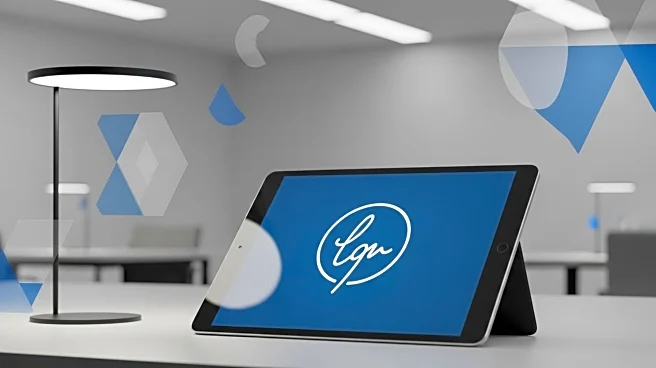What's Happening?
Swinburne University is implementing DocuSign's e-signature technology across 21 functional areas by the end of the year. Initially launched in the university's people and culture function in May, the integration aims to modernize and streamline document signing processes. Kosta Nicolaou, Swinburne's digital solution manager, highlighted the significant efficiency improvements achieved, such as reducing the turnaround time for onboarding documents from six days to under two days. The technology is also being applied to research, procurement, property services, and student residence documentation, with similar efficiency gains. The university plans to expand the use of DocuSign to additional stakeholder groups and explore further capabilities like intelligent agreement management.
Why It's Important?
The integration of DocuSign at Swinburne University represents a significant shift towards digital transformation in higher education. By reducing the time required for document processing, the university enhances operational efficiency, which can lead to improved cash flow and resource management. This move not only benefits administrative functions but also improves the experience for new hires and research partners, potentially making the university more attractive to prospective employees and collaborators. The adoption of such technology reflects a broader trend in academia towards embracing digital solutions to streamline operations and improve service delivery.
What's Next?
Swinburne University plans to continue expanding the use of DocuSign across more departments, with 15 additional stakeholder groups expressing interest. The university is also looking to integrate DocuSign with other systems like Workday, ServiceNow, and Salesforce to further enhance its contract management processes. This integration could lead to more comprehensive digital workflows, enabling the university to manage contracts and agreements more proactively and efficiently. The successful implementation of these technologies could serve as a model for other educational institutions seeking to modernize their administrative processes.











